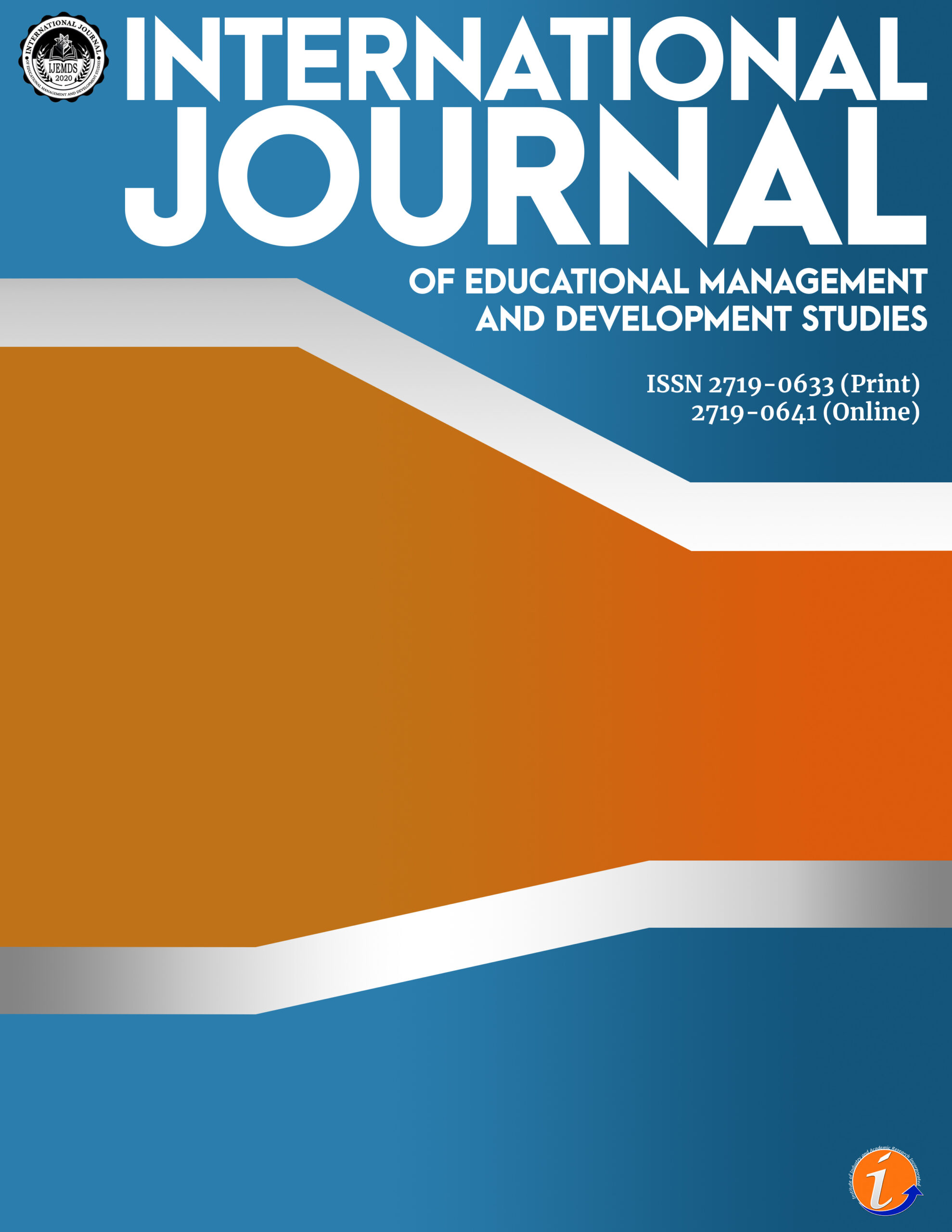This study aimed to develop a writing improvement program for student journalists in one elementary school in the Philippines. It utilized a case study approach using errors analysis in English written tasks of the target participants. Written tasks were used as main instrument in this study. A total of twelve (12) student journalists who were chosen purposively served as participants. Results show that subject-verb agreement is the most committed error followed by usage of a preposition, tenses, word order, and the last on the ranks involved pronouns. Capitalization ranked first among the three common mechanical errors identified in this study followed by punctuation and spelling Based on these results, a writing improvement program for student journalist was developed. Through this study, root causes of participants’ poor writing were analyzed. While through the study’s output, student-journalists may develop a reasonably good writing skill in English language.
error analysis, grammatical errors, mechanical errors, writing improvement program
Regine M. Oguan. Corresponding author. Master of Arts in English, Teacher I, Doña Concepcion H. Umali Elementary School
Jasper M. Del Valle. Doctor of Education, Graduate School Professor, San Pablo Colleges
This paper is presented in the 3rd International Conference on Multidisciplinary Industry and Academic Research.
Al-Saudi, J. (2013). Error Analysis and Spelling Mistakes of EFL Learners at Tafila Technical University: A Case Study. Frontiers of Language and Teaching, Vol. 4, 99- 107.
Dulay, H., Burt M. & Krashern, S. (1982). Language two. New York: Oxford University.
Durga, V. & Rao C.S. (2018). Developing Students’ Writing Skills in English – A Process Approach. https://www.jrspelt.com/wp-content/uploads/2018/05/Satya-writing-skills.pdf
Fadda, H. (2012). Difficulties in Academic Writing: From the Perspective of King Saud University Postgraduate Students. English Language Teaching, 5 (3) 123-130.
Ghabool, N., Edwina, M., & Kashef, H. S. (2012). Investigating Malaysian ESL students’ writing problems on conventions, punctuation, and language use at the secondary level. Journal of Studies in Education, 2(3), 131-143. https://doi.org/10.5296/jse.v2i3.1892
Hinnon, A. (2014). Common errors in English writing and suggested solutions of Thai university students.
Joseph, V. (2019). Role of the Educator in the English Language Learning Process. Research Journal of English Language and Literature 7(2): 45 – 57.
Khansir, A. A. (2012). Error Analysis and Second Language Acquisition. Theory and Practice in Language Studies 2(5): 1027 – 1032.
Khansir, A. A. (2013). Error analysis and second language writing. Theory and Practice in Language Studies 3(2), 363-370. https://doi.org/10.4304/tpls.3.2.363-370
Lee, H. (2012). The reading response e-journal: An alternative way to engage low-achieving EFL students. Language Teaching Research, 17 (1), 111-131.
Mas’ud, Fuad. (2013). Essentials of English Grammar a Practical Guide (2nd ed). Yogyakarta: BPFE.
Musa, C. N., Lie, Y. K., & Azman, H. (2012). Exploring English language learning and teaching in Malaysia, Journal of Language Studies, 12(1), 35-51.
Nonkukhetkhong, K. (2013). Grammar error analysis of the first year English Major students, Udon Thani Rajabhat University. Paper presented at the Asian Conference on Language 2013, Osaka, Japan.
Pappas, C. (2017). Applying the hannafin-peck model in elearning. Retrieved March 07, 2021, from https://www.efrontlearning.com/blog/2016/03/applying-the-hannafin-peck-model-in-elearning.html
Rezeq, R. S. A., et al. (2019). Enhancing Students’ Writing Performance by Developing their Posing Questions Abilities. Research Journal of English Language and Literature. 7(2): 10 – 17.
Rozimela, Y. et al. (2019). The Relationship Between Students’ Perceived Needs, Their Learning Preferences and Their Ability of Writing Academic Text. International Journal on Studies in English Language and Literature. 7(2); 1 – 9.
Summaira. D. (2011). Error Correction: Student Preferences and Research Findings. Retrieved May 18, 2011. From http://www.linfref.com/cpp/casp/7/paper 1285.pdf.
Surina, N., & Kamarazuman, J. (2011). A Study of Subject-Verb Agreement: From Novice Writers to Expert Writers. International Education Studies
Yuli, A. M. S. (2017). An Error Analysis on Using Personal Pronouns in Writing Recount Paragraph Made by the Eighth Grade Students of Smp Negeri 1 Prambon. Artikel Skripsi Universitas Nusantara PGRI Kediri.
Zerin, S. (2007). Teaching writing to young learners. BRAC University.
Cite this article:
Oguan, R.M. & Del Valle, J.M. (2022). Grammatical and mechanical error analysis as tool in writing improvement program for student journalists. International Journal of Educational Management and Development Studies, 3(4), 134-153. https://doi.org/10.53378/352950
License:
![]()
This work is licensed under a Creative Commons Attribution (CC BY 4.0) International License.










